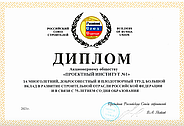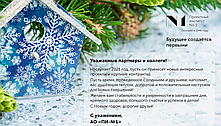- Home /
- Alexander Narykin
Alexander Narykin
Alexander Narykin began his career at Project Development Institute No. 1 in 1981 as chief project engineer. In 1983-1984, he was the head of a team liquidating utility emergencies at Atommash plant in Volgodonsk. In 1984-1987, he was engaged in experimental development in the field of complete-unit construction. From 1987 to 1990, in the position of deputy chief engineer, he arranged territorial divisions of the Institute in Kalinigrad, Novgorod and Pskov. In 1988-1990, by appointment of the Ministry of Northwest Construction of the Russian Federation, he headed the planner team for the restoration of buildings and structures in Leninakan after the earthquake. He was chief engineer of the Institute from 1990 to 1992 and director from 1992 to 2012. Under his stewardship, the Institute initiated active collaboration with foreign companies in the mid-1990s, including with Ford, Нyundai, Heineken.
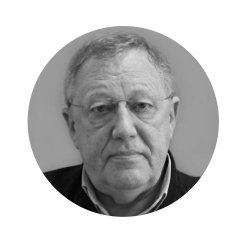
In the First Person:
The most important element in the design process are people, experts in their field. Over the many years of its history, Project Development Institute No. 1 (much as other Design institutions in the industry), set up its own school of professionals, which allowed young specialists to gain valuable experience from leading experts and apply what they learned in practice. As a result, the Institute prepared highly-qualified professionals. The period of perestroika broke down this structure and led to the outflow of experts into separate workshops, and this has been rendering a negative influence on the quality of work until today.
Special divisions were set up within the Institute in addition to general construction and engineering departments. The Department of Special Design was set up in 1959, and the Department of Three-Dimensional Construction, which specialized in designing new, progressive forms – in 1961. The Institute was among the leading institutions in the process of developing products made of pre-cast reinforced concrete for large-scale construction Designs. It also was among the first institutes to produce post-tensioned structures, thin-walled ferrous concrete space shells, and products made of centrifuged reinforced concrete and glued wood. Most of these Designs were the first of their kind in the country and were approved for use as standard design for the national construction industry. Shells spanning more than 100 meters (built in Chelyabinsk and Minsk) were demonstrated at international exhibitions and won the praise of the worldwide engineering community.
The Departments of Industrial Hubs and Feasibility Studies were founded in 1964. Since 1964, Project Development Institute No. 1 has been a territorial Design management branch of the USSR Committee for Construction, which dealt with urban industrial construction in the northwestern economic region of the country, including the development of industrial hubs and redesigning current industrial districts in Leningrad (St. Petersburg), Leningrad Region, Novgorod Region and Pskov Region. Until 2012, the Institute served as a member of the permanent interdepartmental commission studying the distribution of production forces across Leningrad Region under the auspices of the Government of Leningrad Region. This activity focused on creating and developing industrial zones, effective use of land resources, development of transport and energy infrastructure, setup of sanitary protection measures and other aspects that are important for setting up industrial zones. Over the years, the Institute designed 46 industrial hubs, created and coordinated more than 5,000 various Design materials and declarations for the placement of concrete facilities.
During the years of perestroika, when industrial construction volumes contracted, the Institute shifted to working on new areas – housing and civil engineering construction. In 1992—2012, the Institute designed residential buildings, trade centers, and public buildings in St. Petersburg, Togliatti, Leningrad Region and Moscow Region. In those years, the Institute established productive cooperation with foreign partners, which made it possible to improve the technical level of all operations and elevate management practices.
News
Institute projects
-
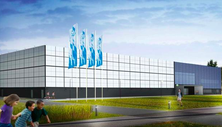
SPORT AND RECREATION CENTRE, MAYSKYI, BELGOROD AREA, RUSSIAN FEDERATION
-
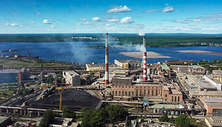
KONDOPOGA PULP&PAPER MILL, KARELIA REGION, RUSSIAN FEDERATION
-
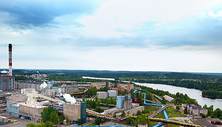
SVYATOGORSK PULP&PAPER MILL, LENINGRAD REGION, RUSSIAN FEDERATION
-
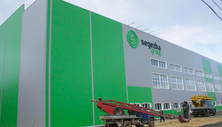
SEGEZHA PULP&PAPER MILL, KARELIA REGION, RUSSIAN FEDERATION
-
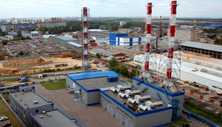
OLGINO HEAT&POWER PLANT, BALASHIKHA, MOSCOW REGION, RUSSIAN FEDERATION
-
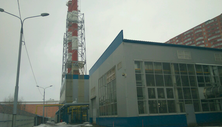
KRASNOSELSKAYA NO.6 BOILER HOUSE, TORIKI AREA, ST.PETERSBURG
-
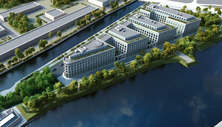
SEA RESIDENCE OFFICE COMPLEX, ST.PETERSURG
-
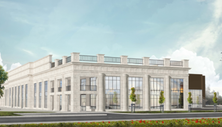
MULTIPURPOSE CENTRE WITH SKATING AREA, ASTRAKHAN, RUSSIAN FEDERATION
-
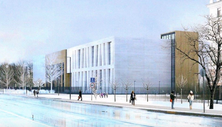
SECONDARY SCHOOL AT KRESTOVSKY ISLAND, ST. PETERSBURG
-
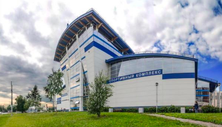
SPORT AND RECREATION CENTER AT TIKHVIN, LENINGRAD REGION, RUSSIAN FEDERATION
-
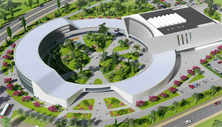
INTERNATIONAL CENTRE OF RHYTHMIC GYMNASTICS, SOCHI, RUSSIAN FEDERATION
-
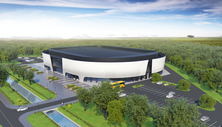
ICE PALACE, TULA CITY, RUSSIAN FEDERATION
-
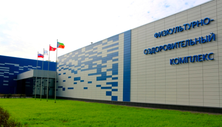
SPORT AND RECREATION CENTRE AT KLINTSY, BRYANSK AREA, RUSSIAN FEDERATION
-
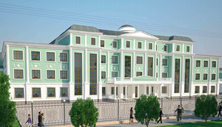
SECONDARY SCHOOL WITH SPORT FACILITIES AT BISHKEK, REPUBLIC OF KYRGYZSTAN
-
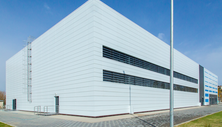
SPORT AND RECREATION CENTRE AT KYZYL-KIYA, REPUBLIC OF KYRGYZSTAN
-
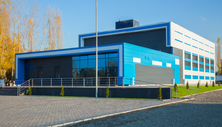
SPORT AND RECREATION CENTRE AT OSH, REPUBLIC OF KYRGYZSTAN
-
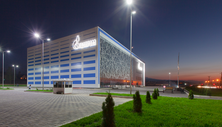
SPORT AND RECREATION CENTRE AT BISHKEK, REPUBLIC OF KYRGYZSTAN
-
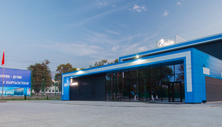
SPORT AND RECREATION CENTRE AT ARASHAN, CHUYSKAYA AREA, REPUBLIC OF KYRGYZSTAN
-
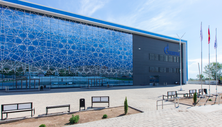
SPORT AND RECREATION CENTRE AT BAKTUU-DOLONOTU, ISSYK-KUL AREA, REPUBLIC OF KYRGYZSTAN
-
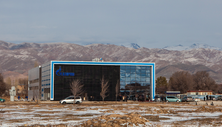
SPORT AND RECREATION CENTRE AT TALAS, REPUBLIC OF KYRGYZSTAN
-
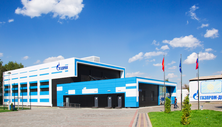
SPORT AND RECREATION CENTRE AT KARA-SUU, OSH AREA, REPUBLIC OF KYRGYZSTAN
-
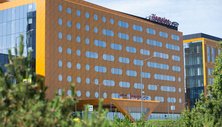
Hampton by Hilton Saint-Petersburg ExpoForum Hotel
-
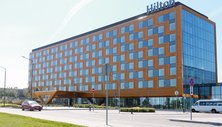
Hilton Saint-Petersburg ExpoForum Hotel
-
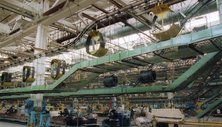
Belshina Belorussian industrial tire complex
-
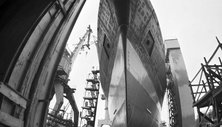
Nikolaev shipbuilding plant
-
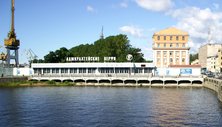
Admiralty plant
-
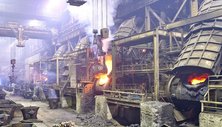
Norilsk mining-and-metallurgical integrated works
-
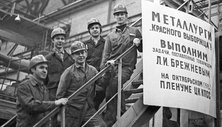
Krasny Vyborjets plant
-

Arkhangelsk self-contained paper mill
-
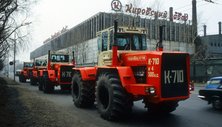
Kirov Plant
-
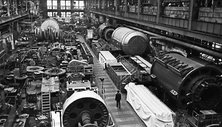
Electrosila
-
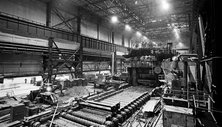
Izhorsky plant
-

Katoka mining society
-
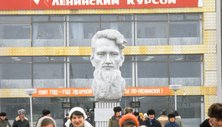
Atommash
-

Dnepropetrovsk tyre plant
-

Sluices of the Volga-Don channel
-
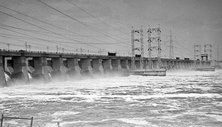
Volzhskaya hydroelectric power station
-
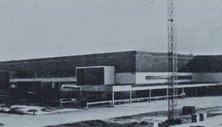
Shipyard in Loksa City, Estonia
-
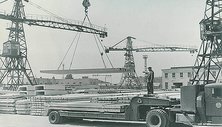
Leningrad reinforced-concrete plant No. 5
-
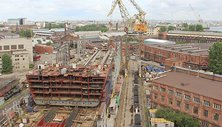
Baltic plant, Leningrad
-
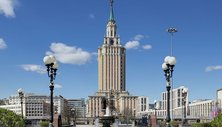
Leningradskaya Hotel
-
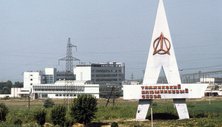
Tajik aluminum plant
-
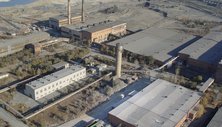
Gai ore mining and processing industrial complex
-
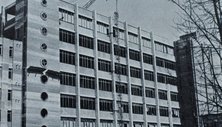
Labor banner plant named after Lepse
-
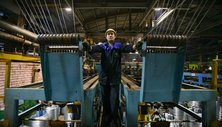
Cherepovets steel-rolling works
-
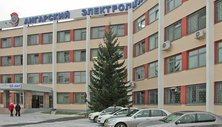
Angarsk electrolysis chemical industrial complex
-
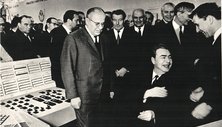
Vibrator plant
-
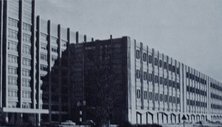
Neva furniture industrial complex
-
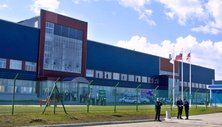
Ford auto-assembly plant
-
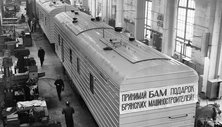
Bryansk machine-engineering plant
-
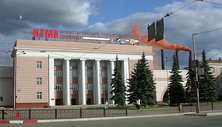
Nizhnetagilsky metallurgical industrial complex

